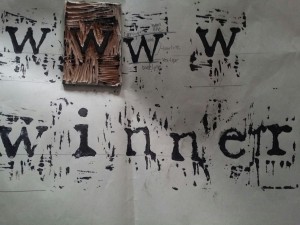Classwork
Text
- Alignment
- Analysis of which ones work best and under which circumstances.
- Tracking
- How it is measured
- Its impact on meaning
Type Book: Alignment
Create a 1-page document. I will supply text to be positioned using all 5 main alignments. Here is the Type Book: Alignment handout.
Homework:
Journal Research Project, Due March 14:
Pick a culture, either one from which your family derives or one you are interested in. Research the typography that that culture uses, find videos or samples, names of graphic designers or typographers, posters, ANYTHING you can find on that subject. Write at least 3 paragraphs in your journal on what you have found. I will show you how to link to files and such today. We will have a class discussion, showing what everybody turned in on the 14th.
Journal for next week:
- Find examples of a lightface immediately placed after a bold face or vice versa
- Regular and italics on the same paragraph.
- Examples of the five different kinds of alignment discussed in class.















